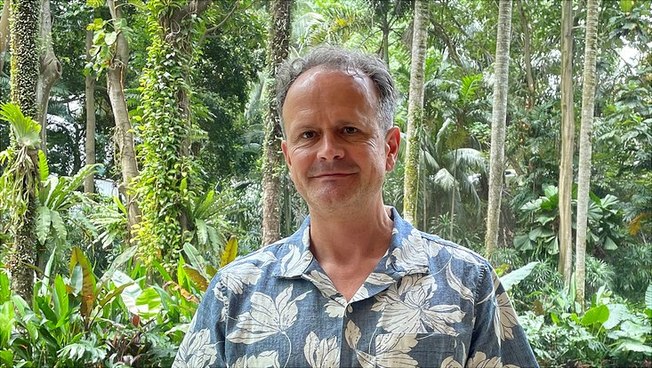12 December 2024
One language, seven regionsNew Research Group Investigates Varieties of English Worldwide

Photo: private
According to statistics, around 1.5 billion people the world over speak English—either as a native language or as a second language. The English can vary greatly and have unique local features, depending on the region. Its spread beside other local languages can also bear tension: languages may inspire, change, or even displace each other.
The new research group Convergence on Dominant Language Constellations: World Englishes in their local multilingual ecologies (CODILAC) examines what factors and patterns are at play. It will receive a total of more than €3 million from the German Research Foundation (DFG) over the next 4 years. The researchers will examine and compare 7 representative regions of the world where English is one of several prevalent languages: Botswana, Cebu City (Philippines), Cyprus, Iraqi Kurdistan, Lagos (Nigeria), Northeast India, and Tanzania.
“Historically, very distinctive languages have been used in these regions, which are also destinations of national and international migration flows, at the same time. We are currently observing how English is emerging as the dominant language of what can be a very diverse range of languages,” says Prof. Dr. Peter Siemund, professor of English linguistics at the Institute of English and American Studies at the University of Hamburg and head of the new research group. Local variations are therefore of particular interest for researchers: Do the other languages disappear alongside English, are they distributed equally, or is their use limited to certain social contexts and spaces? And what are the reasons for regional language swapping, shift, or loss?
Within the research group’s projects, 180 test subjects per region are surveyed, partly with online questionnaires, partly in small group interviews. The focus is not only on the languages used by people in the regions, but also on their backgrounds. The respondents are recruited from different social classes, with a concentration on non-elite groups.
“Our concept derives from language ecology, presuming that language and its use are always shaped by the environment, for example by legal requirements, but also by individual needs and motivations such as job hunting,” says Siemund. In 7 so-called microecologies, the researchers want to analyze details of the various current forms of English in relation to the other spoken languages, as well as possible benefits, and conflicts.
While previous studies on local varieties of English focused on individual regions and nations, the new DFG research group aims to provide the first far-reaching international comparison. To this end, the test subject survey data and information about their sociocultural background will be compiled to build a digital corpus for extensive statistical analyses and modeling.
The DFG has established a total of 8 new research groups. The group Geschlechtsspezifische Unterschiede in Immunantworten (gender-specific differences in immune responses) headed by Prof. Dr. Marcus Altfeld at the University Medical Center Hamburg-Eppendorf (UKE) has been extended for a further funding phase. This funding format enables researchers to address current and pressing issues in their fields and to establish innovative new directions in research. There are 14 other DFG Research Units with spokespersons at the University of Hamburg / the University Medical Center Hamburg-Eppendorf (UKE). In the current DFG Funding Atlas this puts the University in a leading position among German universities. CODILAC is part of the University’s profile initiative Literacy in Diversity Settings / Linguistic Diversity.
